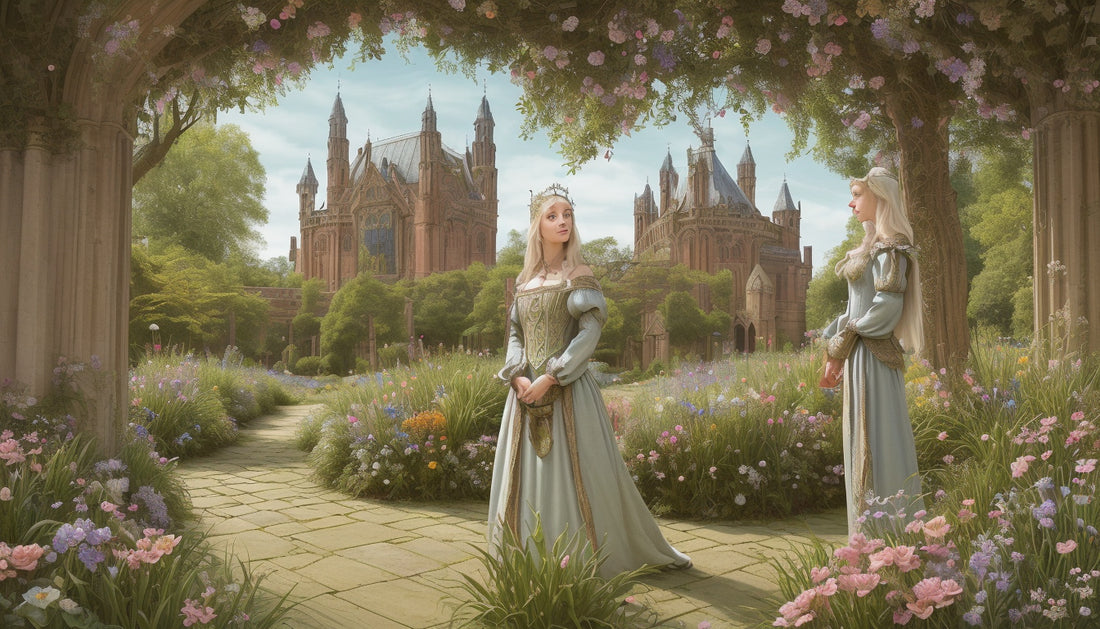
Reviving Medieval Beauty: The British Library's 'De Ornatu Mulierum' Brings Thirteenth-Century Scents to Life
In a fascinating blend of history and sensory experience, the British Library is illuminating the often-overlooked beauty practices of medieval women through its exhibition of the thirteenth-century manuscript 'De Ornatu Mulierum.' This piece of historical literature not only offers insight into the grooming rituals of the time but also serves as a canvas for modern recreation of ancient scents. Curator Tasha Marks has taken on the unique challenge of interpreting these medieval beauty practices by sourcing ingredients directly referenced in the manuscript. By recreating scents such as refreshing breath fresheners and enticing hair perfumes, Marks transports us back to a time when beauty was celebrated in its own uniquely aromatic way. With creative improvisation, she successfully revives not just the scents but also the essence of a historical period, allowing us to experience the fragrant whispers of thirteenth-century life.

Key Takeaways
- The British Library is reviving medieval beauty practices through the manuscript 'De Ornatu Mulierum'.
- Curator Tasha Marks uses creativity to recreate historical scents from thirteenth-century ingredients.
- The manuscript suggests unique applications for scents, such as using powder similarly to dry shampoo.
Historical Context of 'De Ornatu Mulierum'
The thirteenth-century Latin manuscript 'De Ornatu Mulierum' is a remarkable historical document that sheds light on medieval beauty and hygiene practices for women. Featured at the British Library, this manuscript not only emphasizes the era's perspective on aesthetics but also serves as a window into the cultural and social values surrounding femininity and self-care during the Middle Ages. Curator Tasha Marks has taken a creative approach by sourcing ingredients mentioned in the text to recreate scents like a breath freshener and a fragrant hair powder. These historical scents, reminiscent of dry shampoo, invite us to consider how beauty rituals have evolved yet retained their core essence over centuries. Marks' blend of historical scholarship and artistic expression allows modern audiences to experience these medieval aromas firsthand, even though the original document lacks precise recipes or measurements. By improvising based on her findings, she bridges the gap between past and present, offering a sensory glimpse into the lives of women who sought to enhance their beauty in a world where such practices were often tied to societal status and personal identity.
Recreation of Thirteenth-Century Scents
To truly appreciate the scents recreated from the 'De Ornatu Mulierum,' it’s essential to understand the context of beauty and hygiene during the thirteenth century. At this time, societal standards dictated not only how women should present themselves but also reflected their social standing. Certain scents and methods of beautification were exclusive to higher classes, while common practices thrived among peasants. The manuscript describes various techniques that combined natural ingredients, such as herbs, flowers, and spices, reflecting a rich botanical knowledge that women harnessed to maintain their allure. This vibrant world of fragrance reveals how deeply intertwined personal care was with social identity; to smell good was to assert one’s place in a complex social hierarchy. Sourcing ingredients from nature not only emphasized sustainability but also illustrated an intimate understanding of local flora—an art form that resonates with modern sustainable beauty practices, making these historical rituals remarkably relevant today.
